My purpose here was to create a simple, heavily stylized illustration in the realm of Slavic mythology--as if for a children's book--using natural materials, in this case, wood, golden buttons (tansy), and tea leaves.
This illustration features, you guessed it!, two of my favorite characters as part of a recurrent motif.
Raven Ravenson and the Crescent Moon--they meet again!
Slightly modifying a particular tale from Slavic folklore, we have:
Simargl, having lost his first-born, died of grief, his heart aching like that of a wounded bird. And he turned into a black Raven Ravenson known as the Iron Beak. And he took off and landed atop the Crescent Moon made of copper. And he began to oversee human affairs, becoming a god.
Whenever I create images out of natural materials, photography is as important as the original. You can see the difference between the pictures above and below: the latter was shot outside, with sunbeams lighting the tansy Moon as if it were its real equivalent up above.

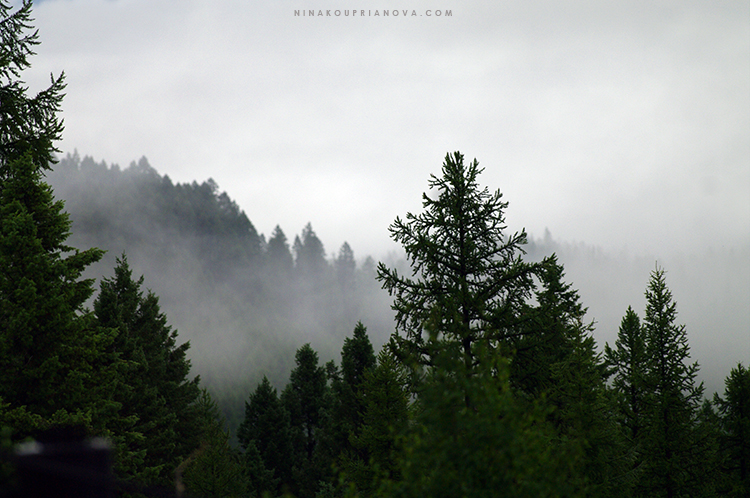
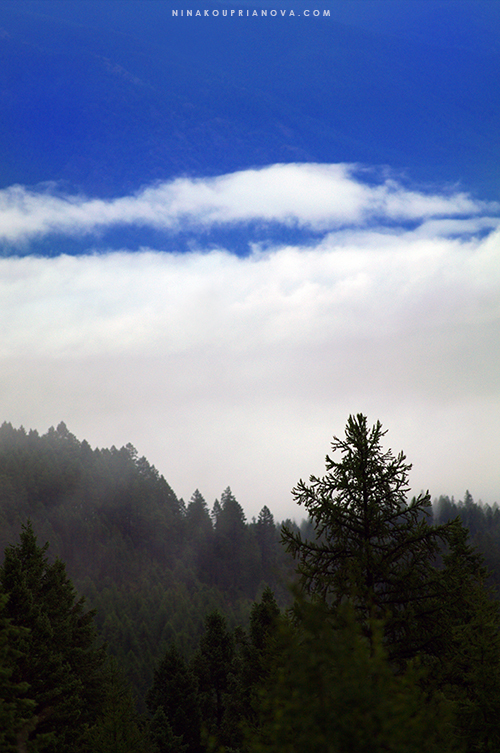


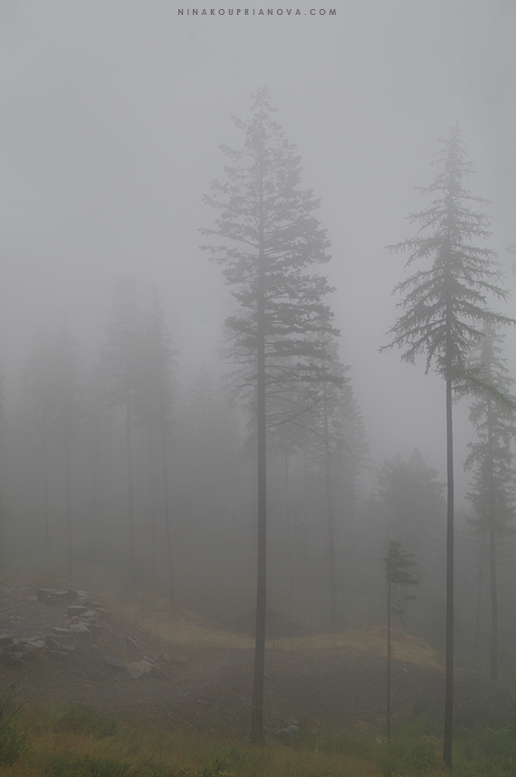
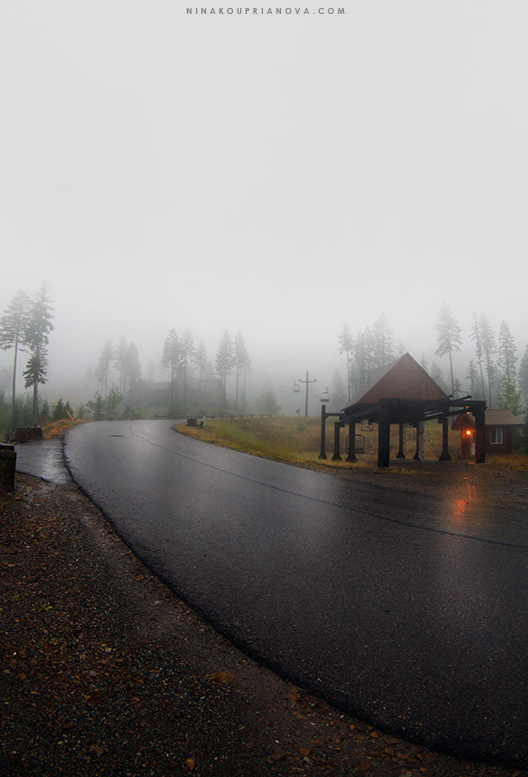
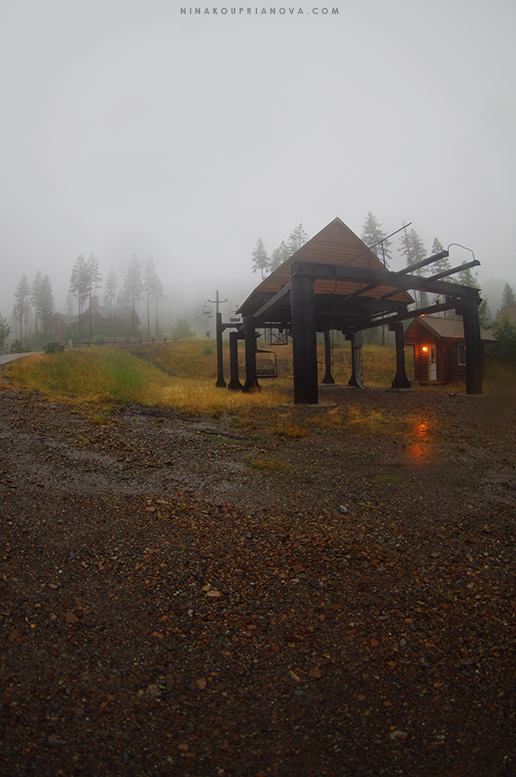
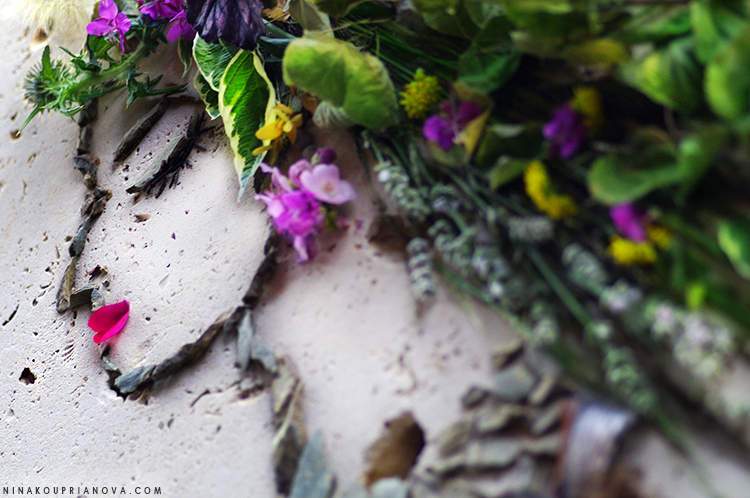



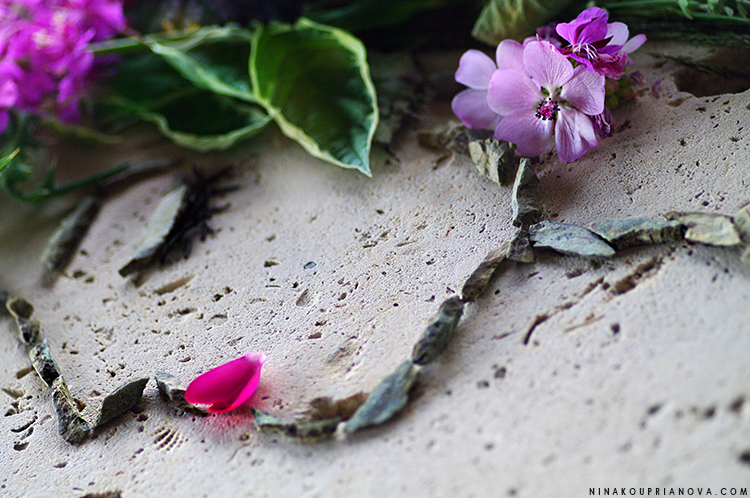

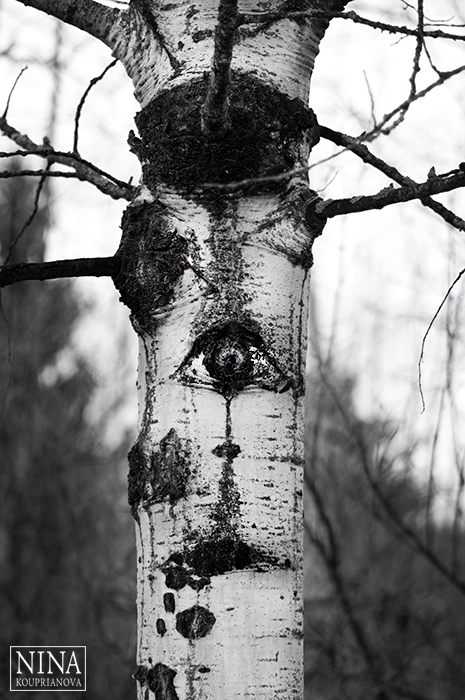
![399271_10200184634804931_215896256_n[1].jpg](https://images.squarespace-cdn.com/content/v1/50b5a03de4b0bff1329468ec/1369029876540-71A9QQ00YI17PGX1MN4H/399271_10200184634804931_215896256_n%5B1%5D.jpg)
![156944_10200184633284893_73728175_n[1].jpg](https://images.squarespace-cdn.com/content/v1/50b5a03de4b0bff1329468ec/1369029910987-WK1GNBMS803WT7SO5NNQ/156944_10200184633284893_73728175_n%5B1%5D.jpg)



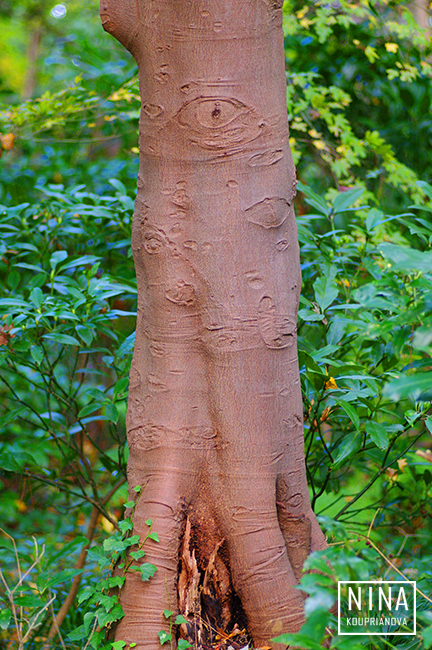
![23729_10200235353792874_1088150428_n[1].jpg](https://images.squarespace-cdn.com/content/v1/50b5a03de4b0bff1329468ec/1369029973046-GIO0Y8PRW2PSZDIYDOZN/23729_10200235353792874_1088150428_n%5B1%5D.jpg)
![484236_10200184629524799_489925829_n[1].jpg](https://images.squarespace-cdn.com/content/v1/50b5a03de4b0bff1329468ec/1369029857841-CB37MFBJD8O6VXA04M7Y/484236_10200184629524799_489925829_n%5B1%5D.jpg)